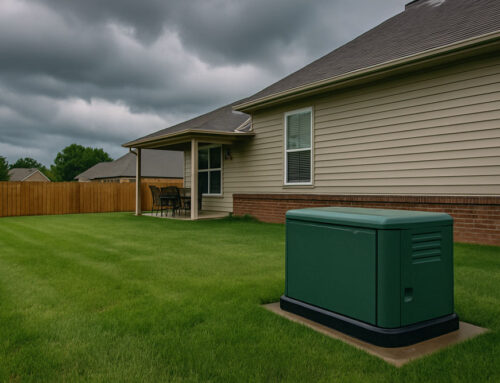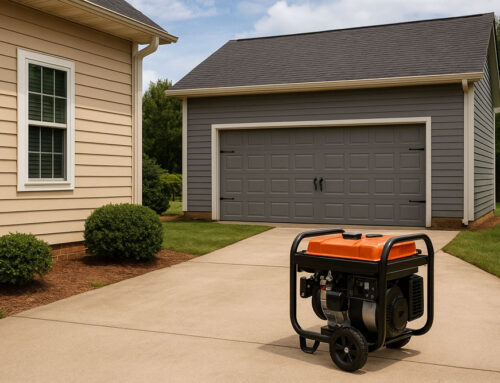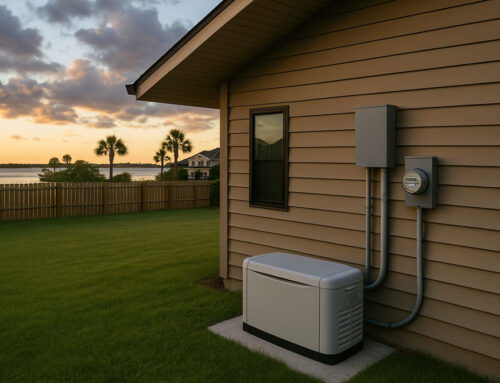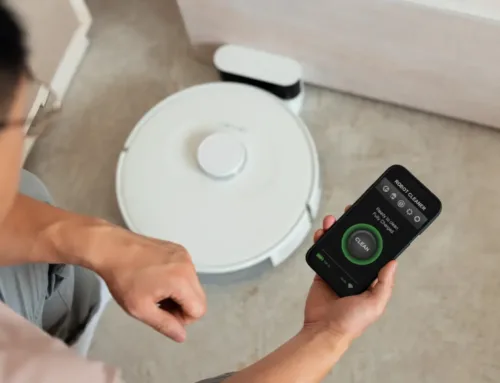Every home has unique power needs. Some families want full-home coverage to protect everything from HVAC systems to refrigerators, while others prefer to prioritize essentials like lighting, medical equipment, or security systems. That’s why a one-size-fits-all generator solution doesn’t work—and it’s why we tailor every backup power installation to the layout, load demand, and lifestyle of each client.

Our first step in designing a custom backup power solution is learning how the home operates day-to-day. We ask the right questions: Do you work from home? Rely on well water? Have a sump pump or medical equipment? These details help us determine which circuits or systems must stay active during an outage, and they shape the generator’s required capacity.
We also assess the square footage, number of electrical panels, and overall energy draw. Large homes with multiple HVAC zones or high-power appliances will need a more robust generator than a modest single-story home. Instead of over- or under-sizing, we design the system to match your usage precisely, optimizing both efficiency and cost.
Placement is another critical aspect of custom planning. We evaluate your property to find the most practical and compliant location for the generator—considering proximity to the electrical panel, access to fuel lines, local code setbacks, and even how sound might travel to neighboring homes. The goal is seamless performance without disrupting daily life.
Some clients need automatic transfer switches that switch the power load instantly during an outage, while others prefer manual systems to reduce costs. We provide those options, explain their pros and cons, and help homeowners choose based on their needs, budget, and comfort level.
We also consider fuel type—natural gas or propane—based on what’s available at your location. If natural gas isn’t accessible, we coordinate propane tank installation and ensure proper sizing for the generator’s expected runtime. These planning steps aren’t visible on day one, but they’re what make the system reliable for years.
A customized backup system also allows for smart load management. This means your generator can prioritize high-need circuits and cycle others, preventing overload and maximizing run time without needing an oversized system. For example, it might power the HVAC and refrigerator first, then rotate in other appliances as needed. Smart load technology is ideal for homes with mixed power needs and is a cost-effective way to stretch performance without sacrificing comfort.
Homeowners often ask about “silent failover”—the ability of the generator to switch on automatically and return to standby mode once utility power is restored. We ensure this feature is standard in all our fully automated systems, so you never have to go outside, flip switches, or check on fuel levels during a storm.
For new construction or major remodels, we collaborate with builders and electricians to integrate the generator system during the design phase. This allows for cleaner wiring, better integration with smart home systems, and more flexible generator placement.
On the maintenance side, we offer service agreements tailored to each installation. That includes system diagnostics, oil and filter changes, battery testing, and firmware updates. A custom generator plan isn’t complete without a service plan designed to keep it running at peak performance.
Our clients choose us because we don’t just install a generator—we install peace of mind. The system fits your home, your habits, and your expectations for comfort and safety.
Contact Powerhound at (910) 296-3536 or visit our Facebook page to schedule your custom backup power consultation and take control of your home’s energy future.
#CustomGenerator #BackupPowerDesign #EnergyPlanning





